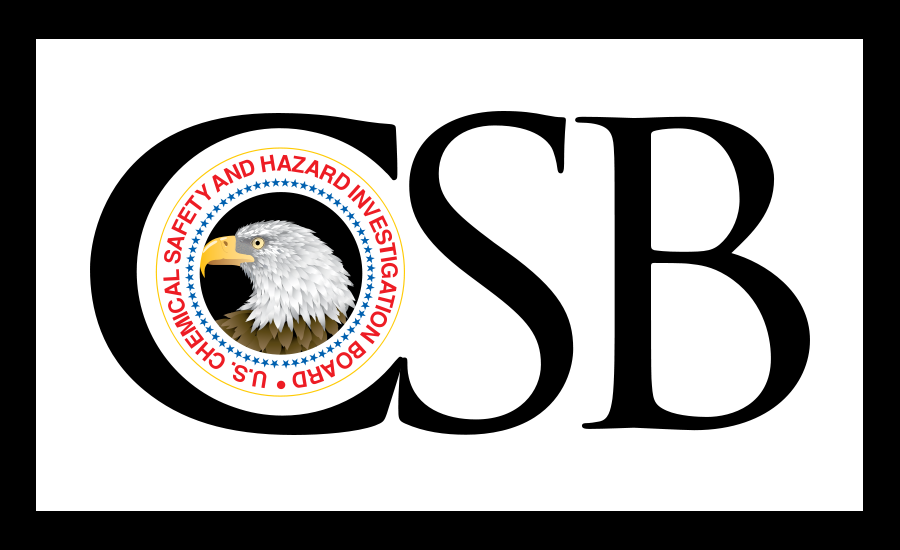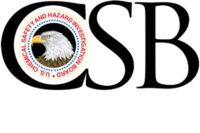A serious process safety incident classified as a minor injury. Workers exposed to toxic chemicals. Lack of PPE. Training rushed in order to save money.
These were among the findings of a final report released yesterday by the U.S. Chemical Safety Board (CSB) into multiple sulfuric acid releases that occurred in 2014 at the Tesoro Refinery in Martinez, California. Two workers were burned in the February 12, 2014 incident, which released an estimated 84,000 pounds of sulfuric acid. Less than a month later – on March 10, 2014 – two more workers suffered burns when they were sprayed with sulfuric acid during the removal of piping.
Both incidents occurred in the refinery’s alkylation unit – where high-octane blending components are produced for gasoline.
Gaps and deviations
The CSB’s case study examines the Tesoro Martinez Refinery through the evaluation of previous incidents, worker statements, gaps in safety standards, deviations from established procedures and practices, and past efforts to assess and strengthen site safety culture. The report includes key process safety findings related to safety culture, safety indicators, and the continued need for a proactive regulator to conduct preventive inspections.
The investigation found a number of safety culture concerns at the refinery, such as:
- Characterization of the February 2014 incident as a minor injury while the incident should have been classified as the most serious type of process safety incident under industry guidelines;
- Exposure of alkylation unit workers to hazardous materials including vapors, acids, and corrosives;
- Removal of safer sulfuric acid sampling systems from service and reliance on inadequate temporary alkylation unit equipment;
- Failure to provide alkylation unit workers with necessary protective equipment;
- Existence of site-specific safety policies that were less protective than corporate policies and established industry good practice;
- Failure to develop an action plan to address concerns identified in a 2007 safety culture survey;
- Withdrawal from key national safety programs that workers believed were effective; and
- Perceived pressure on alkylation unit workers to expedite training and reduce cost.
Learning from Tesoro's mistakes
“The CSB urges all refineries to review the key findings and conclusions of the board’s case study and to apply those learnings to their own facilities,” said Chairperson Vanessa Allen Sutherland. “It is imperative that companies continually work towards improving their operations in an effort to prevent future incidents and ensure the safety of their workforce.”
Following recent CSB investigations into other accidents at petroleum refineries such as the Chevron Refinery in Richmond, California, and the Tesoro Refinery in Anacortes, Washington, the CSB recommended changes to strengthen refinery regulations in California and Washington.
The state of California has issued a draft refinery process safety management standard containing more rigorous safety regulations for the oversight of petroleum refineries, and the CSB is encouraged by these proactive changes to improve safety for workers and communities. The CSB’s case study underscores the need for the proposed refinery safety reforms as well as individual refineries to continually assess and improve their process safety programs.
Lagging indicators
The CSB’s case study emphasizes that regulators can use what are known as lagging process safety indicators, such as spills, fires, or gas releases, as well as leading indicators such as timely maintenance on safety critical equipment to focus inspections, audits, and timely closure of action items resulting from incident investigations to help drive process safety improvement.
“The continued recurrence of sulfuric acid incidents demonstrates the need for improvements at the Tesoro refinery. We recommend that the refinery report process safety indicators to the regulator, said Lead Investigator Dan Tillema. “Regulators should monitor these indicators and conduct preventive inspections that lead to corrective actions --this is a critical component of an effective safety program - the ultimate goal is to ensure that risk is continually reduced.”


